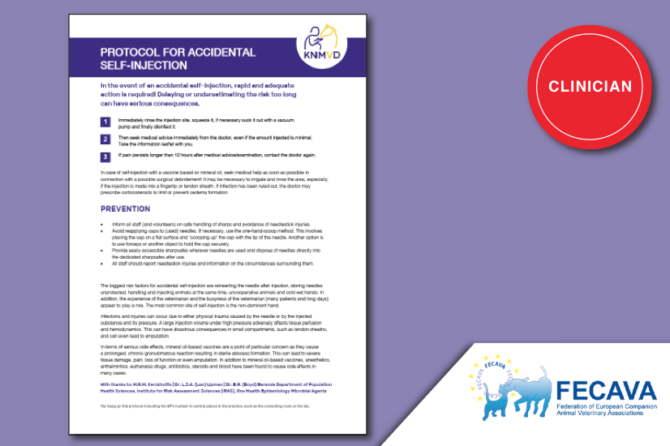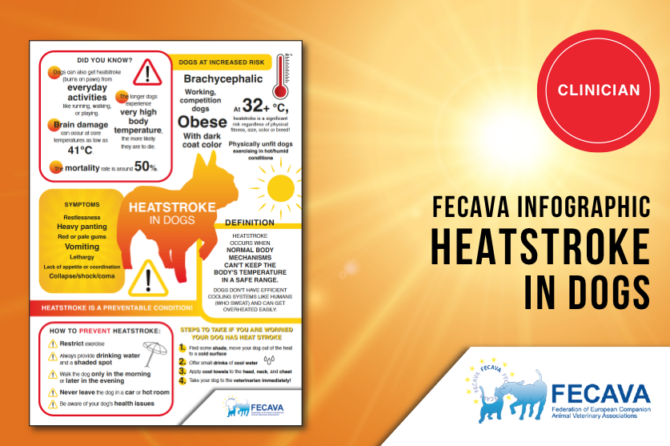
2022 Feline Infectious peritonitis (FIP) Diagnosis Guidelines
Feline infectious peritonitis (FIP) has gained a lot of attention recently. Research has demonstrated new antivirals effective for treatment of this once fatal disease. Unfortunately, these products are not legally available in many countries at this time, so we should keep attention to clinical trials and new drug approvals. Not only treatment but also diagnosis
Read more


